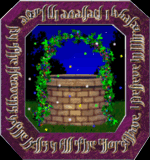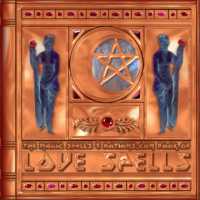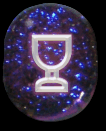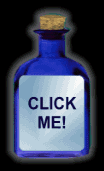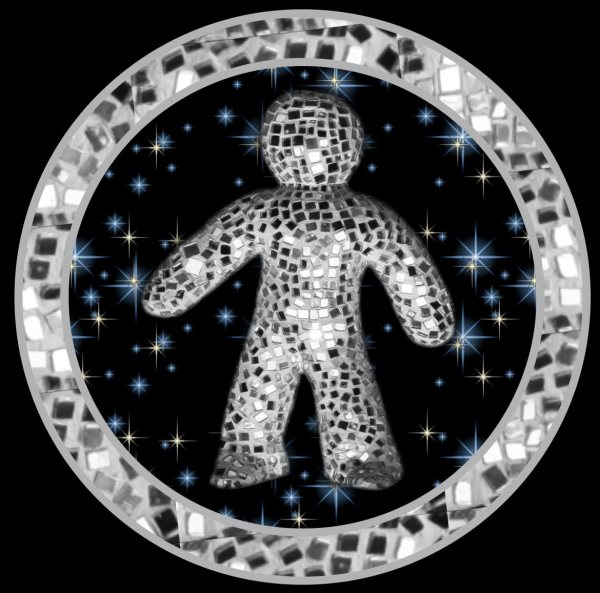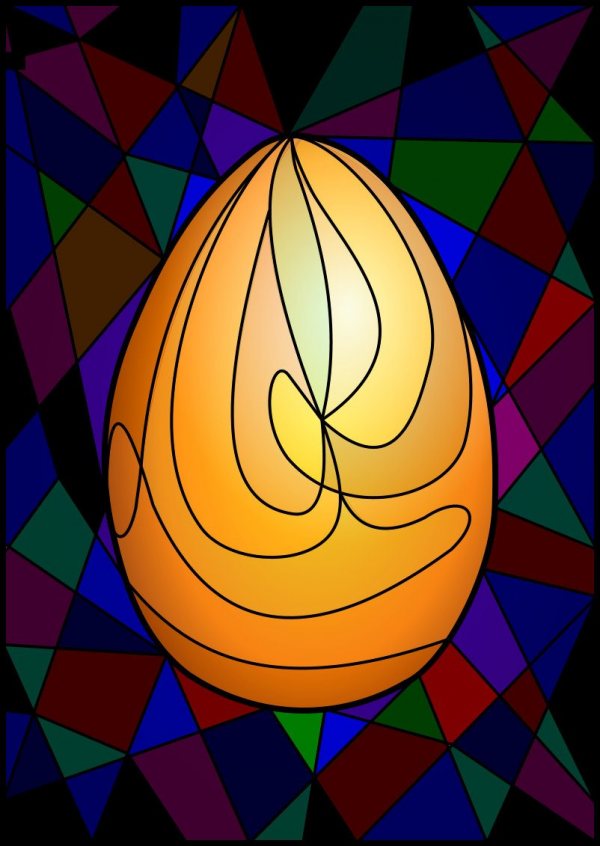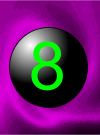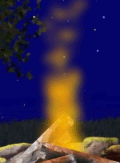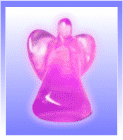Christmas Rose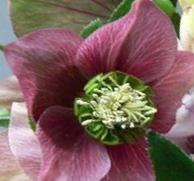
The Christmas Rose or Black Hellebore, a native of Southern Europe, and belonging to the Ranunculus order, is grown commonly in our gardens for the sake of its showy white flowers, conspicuous in winter, from December to February. The root has been famous since time immemorial as a remedy for insanity. From its abundant growth in the Grecian island of Anticyra arose the proverb: Naviget Anticyram—"Take a voyage to Anticyra," as applied by way of advice to a man who has lost his reason.
Added Jun 19, 2010
| 5,402 Reads
When fresh the root is very acrid, and will blister the skin. If dried and given as powder it will cause vomiting and purging, also provoking sneezing when smelt, and inducing the monthly flow of a woman. This root contains a chemical glucoside—"helleborin," which, if given in full doses, stimulates the kidneys to such an excess that their function becomes temporarily paralyzed. It therefore happens that a medicinal tincture made from the fresh root collected at Christmas, just before the plant would flower, when [108] taken in small doses, will promptly relieve dropsy, especially a sudden dropsical swelling of the skin, with passive venous congestion of the kidneys, as in scrofulous children. A former method of administering the root was by sticking a particularly sweet apple full of its fibres, and roasting this under hot embers; then the fibres were withdrawn, and the apple was eaten by the patient. Taken by mischance in any quantity the root is highly poisonous: one ounce of a watery decoction has caused death in eight hours, with vomiting, giddiness, insensibility, and palsy. Passive dropsy in children after scarlet fever may be effectually cured by small doses of the tincture, third decimal strength. The name Hellebore, as applied to the plant, comes from the Greek Elein—to injure, and Bora—fodder. It is also known as Melampodium, being thus designated because Melampus, a physician in the Peloponnesus (B.C. 1530) watched the effect on his goats when they had eaten the leaves, and cured therewith the insane daughters of Proetus, King of Argos. It was famous among the Egyptian and Greek doctors of old as the most effectual remedy for the diseases of mania, epilepsy, apoplexy, dropsy, and gout. The tincture is very useful in mental stupor, with functional impairment of the hearing and sight; likewise for strumous water on the brain. The original reputation of this herb was acquired because of its purgative properties, which enabled it to carry off black bile which was causing insanity. No tannin is contained in the root. A few drops of the juice obtained therefrom, if dropped warm into the ear each night and morning, will cure singing and noises in the ears. A proper dose of the powdered root is from five to ten grains. Snuff made with this powder has cured night blindness, as among the French prisoners at Norman Cross in 1806. The Gauls used to rub the points of their hunting spears with Hellebore, believing the game they killed was thus rendered more tender. Hahnemann said that at least one third of the cases of insanity occurring in lunatic asylums may be cured by this and the white Hellebore (an allied plant) in such small doses as of the tincture twelfth dilution, given in the patient's drink. A bastard Hellebore, which is foetidus, or, "stinking," and is known to rustics as Bearsfoot, because of its digitate leaves, grows frequently near houses in this country, though a doubtful native. The sepals of its flowers are purple, and the leaves are evergreen; the petals are green and leaf-like, whilst the nectaries are large and tubular, often containing small flies. The nectar is reputed to be poisonous. Again, this plant bears the names Pegroots, Oxbeel, Oxheal, and Setterwort, because used for "settering" cattle. A piece of the root is inserted as a seton (so-called from seta—a hank of silk) into the dewlap, and this is termed "pegging," or, "settering," for the benefit of diseased lungs. "The root," says Gerard, "consists of many small black strings, involved or wrapped one within another very intricately." The smell of the fresh plant is extremely fetid, and, when taken, it will purge, or provoke vomiting. The leaves are very useful for expelling worms. Dr. Woodville says their juice made into a syrup, with coarse sugar, is almost the only vermifuge he had used against round worms for three years past. "If these leaves be dried in an oven after the bread is drawne out, and the powder thereof be taken in a figge, or raisin, or strewed upon a piece of bread spread with honey, and eaten, it killeth worms in children exceedingly." A decoction made with one drachm of the green leaves, or about fifteen grains of the dried leaves in powder, is the usual dose for a child between four and six years of age; but a larger dose will provoke sickness, or diarrhoea. The medicine should be repeated on two or three consecutive mornings; and it will be found that the second dose acts more powerfully than the first, "never failing to expel round worms by stool, if there be any lodged in the alimentary tube."
Added Jun 19, 2010
| 5,402 Reads
Share The Magic ...
The GoE MONEY!!! Course - A Course In Real MONEY MAGIC!
|

